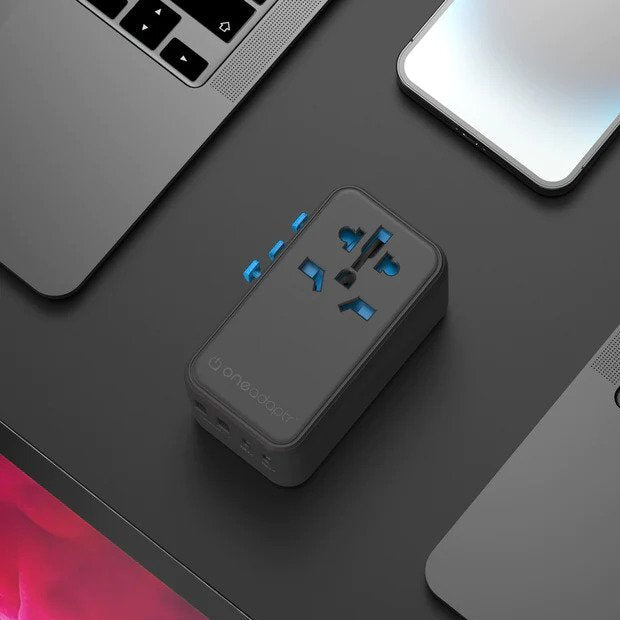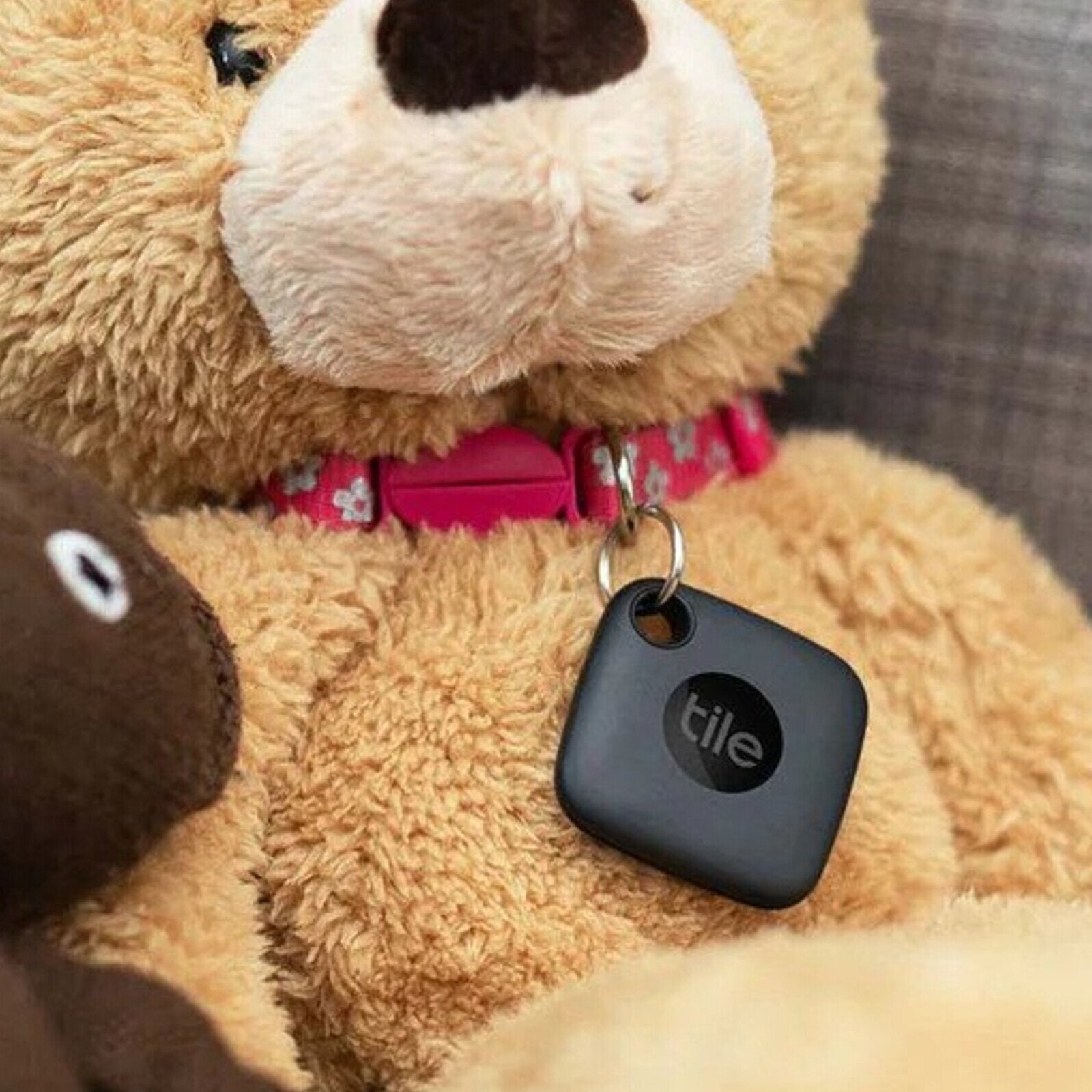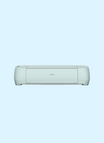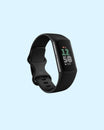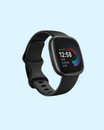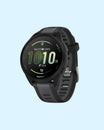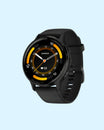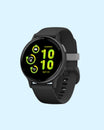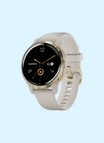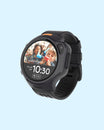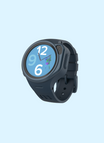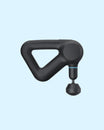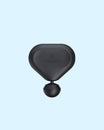Ring Pan-Tilt Indoor Cam vs Stick Up Cam with Pan-Tilt: 6 Key Differences
By Naila Syifa
Updated May 2024

Ring, a renowned brand in the home security industry, has recently launched a new product to its security camera lineup: the Ring Pan-Tilt Indoor Cam.
However, the older Ring Stick Up Cam model, which is a popular choice for home surveillance, is also available with a Pan-Tilt Mount that provides similar functionality to the new Pan-Tilt Indoor Cam.
So how do these two models compare, and which one should you choose for your home security needs? Let's explore these 5 aspects to uncover the similarities and differences.
Key Takeaways
Stick Up Cam can be placed outdoors, while the Pan-Tilt Indoor Cam is designed for indoor use only. Stick Up Cam also supports both battery and plug-in power, while Pan-Tilt Indoor Cam only supports plug-in power. The pan-tilt function of the Pan-Tilt Indoor Cam comes integrated, while Stick Up Cam offers it as a separate mounting accessory. Pan-Tilt Indoor Cam also has a wider 169° tilt coverage than the 117° tilt range of the Stick Up Cam with Pan-Tilt mount. It also has a privacy cover and can be mounted on a ceiling, while the Stick Up Cam doesn't.


Ring Pan-Tilt Indoor Cam
360-Degree Security Camera
✓ 1080p HD video
✓ 360° Pan + 169° Tilt Coverage
✓ Manual Audio & Video Privacy Cover
✓ Plug-In Power

Ring Stick Up Cam with Pan-Tilt
Versatile Security Camera
✓ 1080p HD video
✓ 360° Pan + 117° Tilt Coverage
✓ Weather-Resistant
✓ Battery or Plug-In Power
#1 Price

Ring Stick Up Cam
Ring Stick Up Cam costs US$99.99 for the device itself, which is only $20 more expensive than the Pan-Tilt Indoor Cam, which retails at US$79.99.
However, a bundle that includes both the Ring Stick Up Cam and the Pan-Tilt Mount is more expensive. It costs costs US$139.99 for the battery version and US$144.98 for the plug-in version.
The gap widens to $60-65 when you factor in the cost of the Pan-Tilt mount for the Stick Up Cam, so the Pan-Tilt Indoor Cam is far more affordable if you want the pan-tilt functionality.
#2 Design

Ring Pan-Tilt Indoor Cam
The main difference between the two cameras in term of design relates to their pan-tilt functionality. Ring Pan-Tilt Indoor Cam has an integrated pan-tilt mechanism built into the camera itself, while Stick Up Cam relies on a separate pan-tilt mount accessory to enable this feature. That means, without the Pan-Tilt Mount, the Stick Up Cam cannot pan or tilt on its own.
Ring Pan-Tilt Indoor Cam also integrates a privacy cover that can physically block the camera lens when not in use. We can simply swivel the cover to conceal the lens, then the camera and microphone will automatically turn off to protect our privacy. Then, we can swivel it back to side to resume video and audio recording.
Unfortunately, Ring Stick Up Cam doesn't come with a privacy cover like the Pan-Tilt Indoor Cam. However, it compensates with a weather resistant design that allows for more versatile uses both indoors and outdoors. The Pan-Tilt Indoor Cam, on the other hand, lacks weather resistance and is designed exclusively for indoor use.
#3 Video Quality

Ring Pan-Tilt Indoor Cam
Ring Pan-Tilt Indoor Cam and Ring Stick Up Cam have comparable video quality. They both record in 1080p Full HD resolution and support color night vision for clearer video footage in low-light conditions.
The only apparent difference between the two is their field of view, which is how wide an area the camera can capture. During static viewing, the Pan-Tilt Indoor Cam has a slightly wider 143° diagonal field of view compared to the 130° diagonal field of view of the Stick Up Cam.
In the Ring app, we can control the camera's pan and tilt to expand its coverage even further. While both cameras can pan a whole 360°, their tilt ranges differ, with the Pan-Tilt Indoor Cam offering a wider 169° tilt compared to the 117° tilt of the Stick Up Cam with Pan-Tilt mount. This means the Pan-Tilt Indoor Cam can capture more of the scene vertically, from floor to ceiling.
#4 Smart Features

Ring Stick Up Cam
In terms of smart features, the Ring Pan-Tilt Indoor Cam and Stick Up Cam have no significant differences. Both cameras offer live view and two way talk from the Ring app, allowing us to see and communicate in real-time with anyone near the camera.
We can receive notifications when motion is detected within areas that we specify using customizable motion zones. I recommend to exclude areas around TV screen, fans, or other objects that may trigger false alerts to reduce unnecessary notifications.
Both cameras are also equipped with a built-in siren. We can activate this remotely from the Ring app, which can help deter intruders or alert others in an emergency.
Being an Alexa user also gives us more benefits, such as getting custom notifications from the Echo Dot, viewing the camera feed on an Echo Show or Fire TV, or even using voice commands to control the camera. There are also much more benefits to unlock with the Ring Protect subscription, from specific person alerts to home and away modes.
#5 Installation

Ring Pan-Tilt Indoor Cam
Ring Pan-Tilt Indoor Cam requires continuous power source to operate, so it must be plugged into a standard power outlet. Installation is easy though. We only need to plug it in, place it in the desired location, and set it up in the Ring app.
Ring Stick Up Cam also has a similar easy installation process. However, it offers more flexibility with its dual power options: battery or plug-in. You can choose the version that best suits your needs and installation preferences.
Another difference to consider when choosing between the two cameras is where you want to place them. If you want to place the camera on a flat surface, like a table, or on a wall, then either camera will work well for your needs. However, if you plan on mounting it to the ceiling, then I recommend to go with the Pan-Tilt Indoor Cam, as the Ring Stick Up Cam doesn't support mounting on ceiling.
Mounting the Stick Up Cam upside-down to ceilings or eaves require another separate mount costing US$19.99, which adds to the overall cost of the setup.
Ring Pan-Tilt Indoor Cam vs Ring Stick Up Cam
Final Thoughts

Ring Pan-Tilt Indoor Cam
Both the Ring Pan-Tilt Indoor Cam and Ring Stick Up Cam with Pan-Tilt offer excellent security features and easy installation. However, we noted 6 key differences that set both cameras apart, making one model may be more suitable for your needs than the other.
- Stick Up Cam is weather-resistant, while Pan-Tilt Indoor Cam is not. This allows Stick Up Cam to be placed both indoors and outdoors, while the Pan-Tilt Indoor Cam can only be placed indoors.
- Stick Up Cam comes in battery-powered and plug-in versions, while the Pan-Tilt Indoor Cam only has a plug-in option.
- Pan-Tilt Cam has an integrated pan-tilt mechanism, while the Stick Up Cam requires a separate pan-tilt mount accessory. The accessory is included if you purchase the Stick Up Cam with Pan-Tilt Mount bundle.
- Pan-Tilt Indoor Cam supports has a wider tilt coverage of 169° compared to the 117° tilt range of the Stick Up Cam with Pan-Tilt Mount.
- Pan-Tilt Indoor Cam has a manual privacy cover, while the Stick Up Cam doesn't.
- Pan-Tilt Indoor Cam can be placed on a flat surface, wall, or ceiling. Stick Up Cam requires an additional mount for ceiling installation.
If you like to read more about Smart Home Cameras, check out our other relevant guides here:
The Best Smart Home Camera
Ring Pan-Tilt Indoor Cam vs Indoor Cam
Ring Stick Up Cam vs Stick Up Cam Pro
Ring Stick Up Cam vs Indoor Cam
Ring Indoor Cam vs Wyze Cam v3
Don't miss out on tech
Subscribe to our newsletter to stay up to date on the latest tech trends and guides on the best gadgets around.


